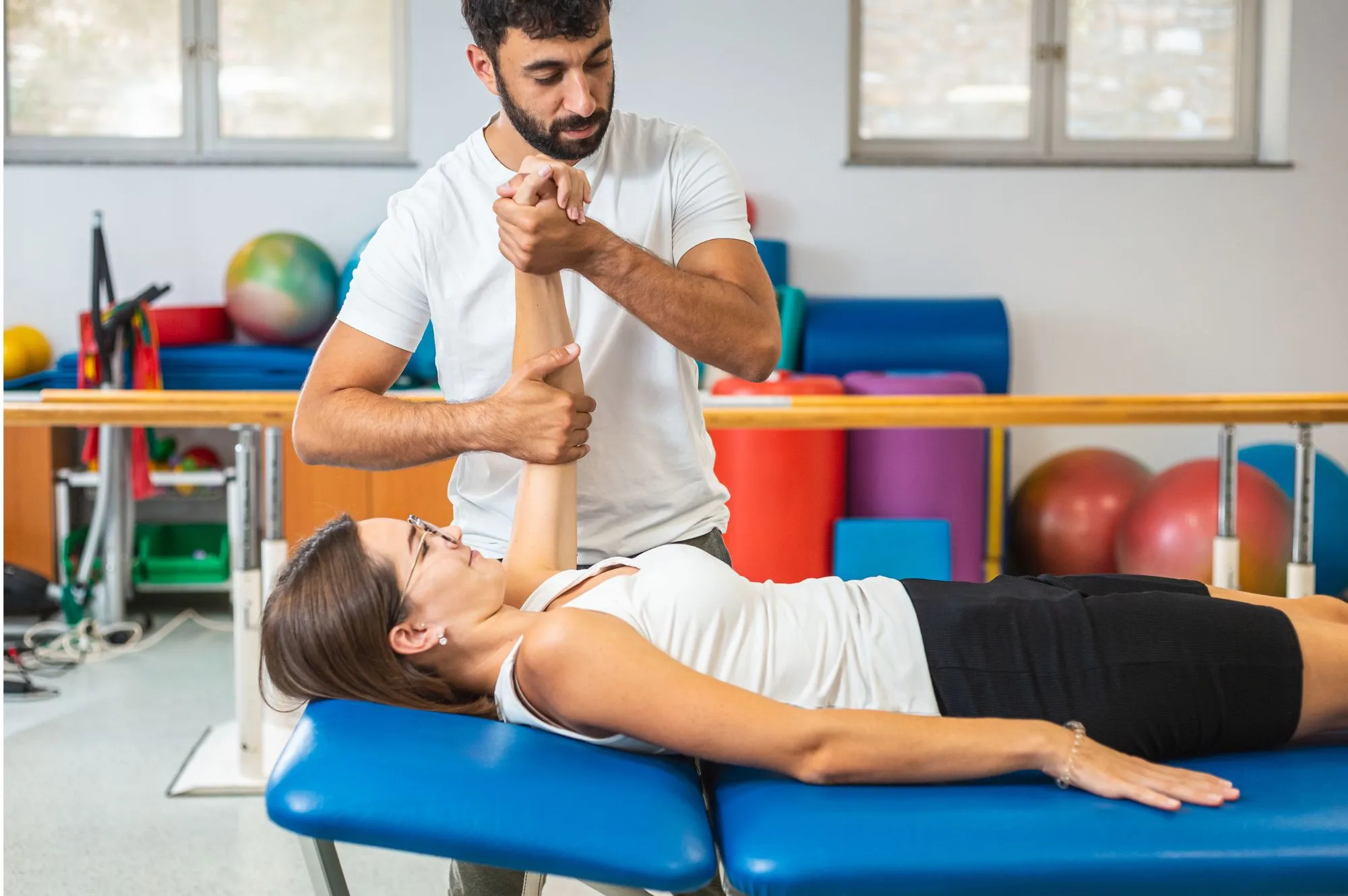Physical Therapy for Slipped Disc in the Neck
The spinal column is made up of 26 bones (vertebrae), which are cushioned by disks. The disk protects the bones by absorbing the shocks from daily activities like walking, lifting and twisting. Each disk consists of two parts - a soft, gelatinous inner portion and a tough outer ring. Weakness or injury can cause the inner portion of the disk to protrude through the outer ring. This is known as a slipped disk or herniated disk. In herniated disk, a crack occurs in the outer layer of the disk, called the annulus. The crack usually affects a small part of the
Physical Therapy for Elbow Dislocation
A condition characterized by damage and tearing of the connective tissue surrounding the elbow joint with subsequent displacement of the bones forming the joint, so they are no longer situated next to each other, is termed as an elbow dislocation. In other words, an elbow dislocation occurs when the bones of the forearm (the radius and ulna) move out of place compared with the bone of the arm. The elbow joint formed, where these three bones meet, becomes dislocated or moves out of the joint. People who indulge into activities that require extensive physical work on a daily basis and use
Physiotherapy for Wrist Ligament Injury
Wrist injuries are common for those who perform a lot of physical work, especially with their hands. It becomes a serious problem when the ligaments of your wrist are significantly damaged. If such an injury is not corrected, it typically continues to cause problems. Wrist being by far the most complex joint is made up of a platform of 2 bones, the ends of the radius and ulna bones. Another complex arrangement of 7 bones linked by multiple ligaments between each bone and across several bones at a time both on the back and the front of the wrist. Also at
Physiotherapy for Quadriceps Tendonitis
Overuse problems of the knee structures can lead to strain, irritation, and / or injury of the quadriceps muscle and tendon. This produces pain, weakness, and swelling of the knee joint. Quadriceps tendonitis is a condition characterized by tissue damage and inflammation of the quadriceps tendon. This generally occurs at the quadriceps’ attachment to the top of the kneecap causing pain in the front of the knee, just above the kneecap.Quadriceps muscle originates from the pelvis and thigh bone (femur) and inserts into the top of the kneecap (patella) which in turn attaches to the top of the tibia (shin






